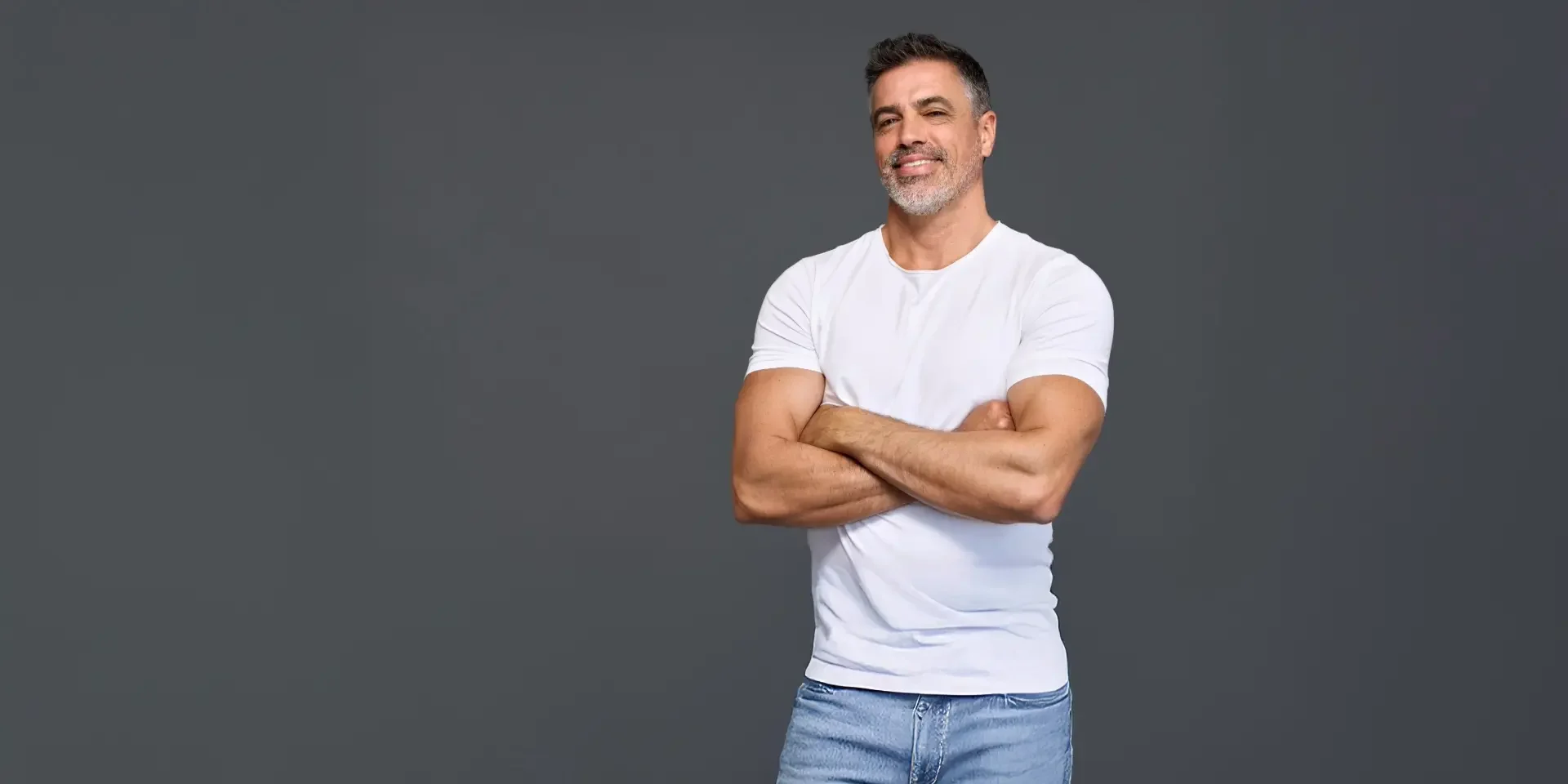Why training for physical autonomy—not just performance—starts here.
If you’re over 35 and still training like you’re 25, you’re either lying to yourself, or your joints are.
You’re still strong. Still capable. But the rules shift. What used to be optional—warm-ups, rest days, sleep—are now prerequisites. What used to feel like progress now feels like punishment when it’s not programmed well. And if you’re like most active people in this age bracket, you’re not chasing PRs anymore—you’re chasing capability.
Not just today. But decades from now.
Let’s talk about how lifting changes when your goals shift from peak performance to long-term physical autonomy.
What Doesn’t Change: The Need to Train
First off, strength training doesn’t become less important after 35—it becomes more essential.
Here’s what’s working against you as you age:
- Natural declines in muscle mass (sarcopenia)
- Loss of bone density
- Reduced power output
- Slower recovery capacity
None of this is dramatic at 35—but it’s starting. And if you don’t actively push back against it, you’ll feel it by 45.
The good news? Resistance training is the most potent tool we have to slow, stall, and in some cases reverse these effects. You just have to lift a little smarter than you used to.
So, What Changes?
🔹 Your Why
You’re no longer training just for performance. You’re training for:
- Joint health
- Movement quality
- Daily energy
- Playing with your kids
- Staying ready for whatever life (or the mountains) throws at you
🔹 Your Recovery Timeline
Your system doesn’t recover like it used to. That doesn’t mean you’re broken. It means you need:
- Smarter load management
- Better sleep hygiene
- A consistent mobility and prep routine
- A more intentional approach to training blocks
🔹 Your Exercise Selection
Your body tolerates less nonsense. After 35, the question isn’t “how much can I lift?” but “what movement gives me the most value?”
That means:
- Fewer barbell-only lifts
- More single-leg work
- More core-integrated movements
- More variation across planes of motion
- More focus on movement integrity over output
🔹 Your Relationship with Intensity
Intensity is still part of the game—it just needs more purpose and periodization. You don’t need to lift heavy all the time. You need to cycle it smartly, focus on quality, and choose moments to push hard.
What We Focus on in MTN STRNG: Longevity
When we coach for longevity, we’re asking: “What do you want to be able to do at 60, and how do we train for that now?”
That includes:
- Maintaining a high VO2 max and aerobic base
- Building and preserving lean muscle
- Strengthening tissues and joints with varied resistance
- Honing balance, coordination, and movement quality
- Programming with seasonal and life context in mind
This is why we’re so influenced by thought leaders like Peter Attia, GMB, and Pre-Script. They all emphasize quality movement, intelligent programming, and long-term thinking. We’re just taking those ideas and making them actionable.
Three Shifts You Can Make Today
Want to train with longevity in mind? Start with these:
1. Choose movements, not just lifts
Swap heavy barbell squats for split squats. Trade crunches for loaded carries. Train to move well, not just move weight.
2. Prioritize consistency over intensity
If it wrecks your joints, it’s not a flex. Find your “minimum effective dose” and train it regularly.
3. Recover like it’s part of training (because it is)
Build in rest days. Sleep 7–8 hours. Address mobility. You can’t out-train poor recovery past 35.
Final Word: Capability > Performance
At MTN STRNG, we believe in performance, durability, and longevity—all as part of the same spectrum.
But the long game? That’s about capability—being able to do the things you love, for as long as you want to do them. Whether it’s skiing with your kids, hiking at 60, or just getting off the ground without groaning.
Longevity lifting isn’t soft. It’s intentional. And it’s how you build the freedom to choose your life, year after year.
👉 Want help building your own long-game training plan?
Schedule your intro consult. We’ll look at your current training, recovery, and movement—and build the foundation you’ll thank yourself for, 30 years from now.

